Introduction The neck is the connector to the head and shoulders, allowing mobility and functionality to stabilize the head from dropping down. The neck is also part…

Neck pain can impact many daily functions, such as sleeping or driving and can be caused by different factors. Dr. Alex Jimenez’s collection of neck pain articles cover an assortment of medical conditions and/or injuries pertaining to pain and other symptoms surrounding the cervical spine. The neck consists of various complex structures; bones, muscles, tendons, ligaments, nerves, and other tissues. When these structures are damaged or injured as a result of improper posture, osteoarthritis, or even whiplash, among other complications, the pain and discomfort an individual experiences can be debilitating. Health coaching and chiropractic care can greatly help relieve the painful symptoms associated with neck issues. By coupling these two healing techniques, patients can see maximum improvements with the use of all-natural supplements as well as the use of manual adjustments to the cervical spine by Dr. Jimenez.

Introduction The neck is the connector to the head and shoulders, allowing mobility and functionality to stabilize the head from dropping down. The neck is also part…


Introduction Everyone in the world has various expressions that reflect how they are feeling. From being excited, worried, sad, angry, and disgusted, facial expressions defy…
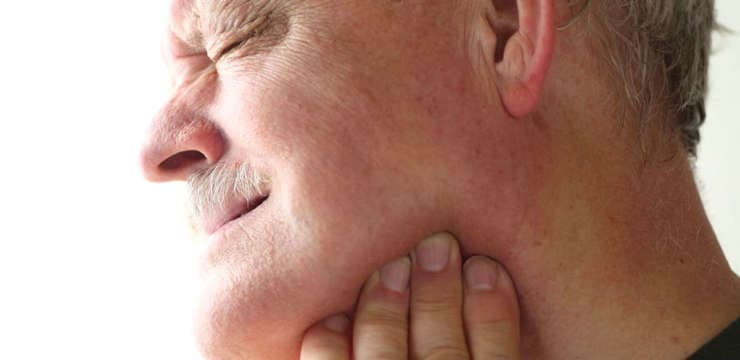

Introduction The lower jaw of the body has the mastication muscles surrounding the mandible and provides functionality to the jaw through chewing, moving the lower…


Introduction The neck is vital in keeping the head upright in a casual relationship with the cervical spine. The neck is home to the thyroid organ and the surrounding muscles…
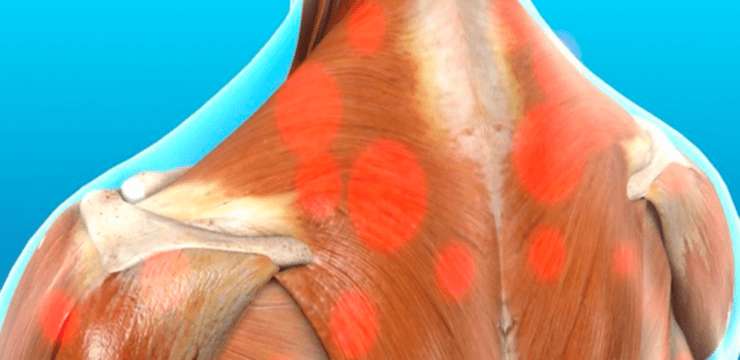

Introduction The body incorporates different muscles that have specific jobs to help mobilize the skeletal joints while providing function to the arms, neck, legs, and back. Many…


Introduction The neck ensures that the head is upright in the body while providing mobility to rotate, bend, and tilt in various directions. The neck…


Introduction The body is a functional machine that consists of muscles, organs, and skeletal joints that play different parts in making the body healthy as…


Introduction The body is exposed to various environmental factors daily. Whether it is the environment that a person is living, the foods being consumed, or the level…
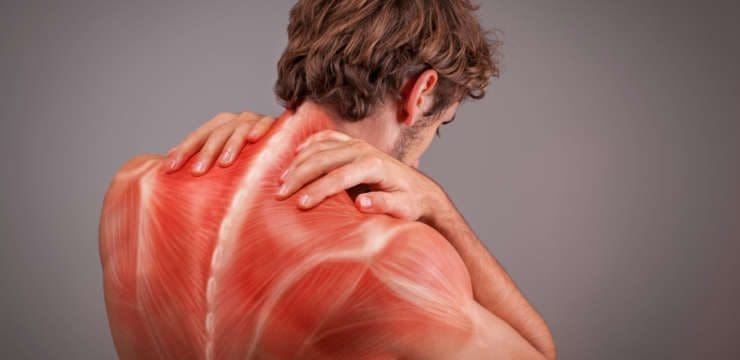

Introduction The muscles, tissues, and ligaments help stabilize the joints and structure of the spine so that the body can function. These muscles are layered…


Introduction When many individuals look for ways to relax after a stressful event in their daily lives, many people have an exercise regime that allows them to…


Introduction Everyone has headaches at some point throughout their lives, which can be excruciating, depending on the severity. Whether it is a heavy workload that causes a…


Gastroesophageal reflux disease(GERD) is a prevalent condition associated with many factors. Indeed, being overweight, having bad posture, congenital physiological derangements, and even indulging in specific…


Introduction The neck has two functions that allow the body to make sure that it holds the head up. The motor functions enable the neck to be…
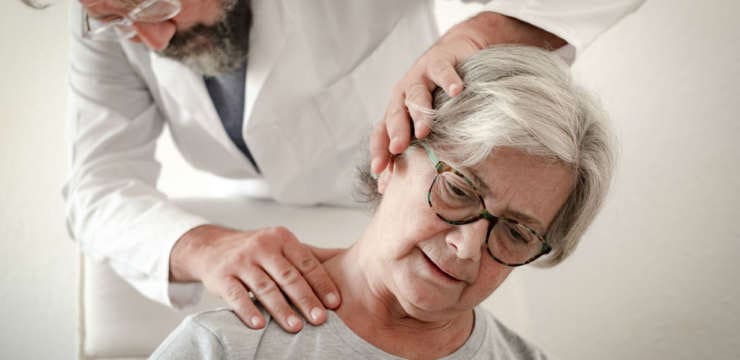

Individuals turn to chiropractic care neck adjustments to help ease neck problems and alleviate pain. Some of the different types of neck-cervical conditions that chiropractic…


Waking up with neck soreness, stiffness, achiness, and pain can take a toll throughout the day. Individuals, that experience this regularly wonder what happened while…


Muscle tension in the neck is a common musculoskeletal disorder. The neck is made up of flexible muscles that support the weight of the head.…
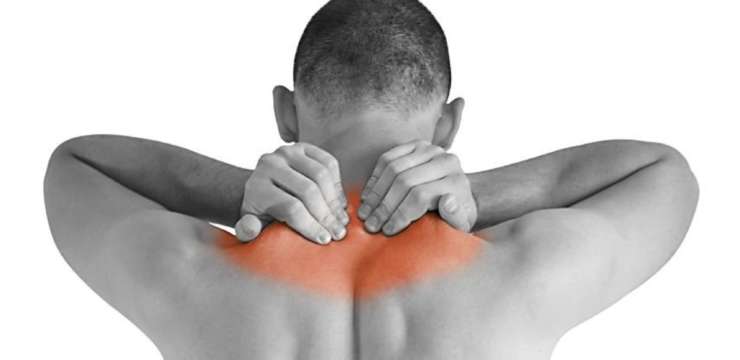

For cervical pain, there is often more than one cause and more than one course of treatment. To begin, the first step is to perform an inspection. The inspection can let us know if there is a deformity, instability, abnormal head posture, asymmetry, torticollis, or lower limb weakness. This is a crucial first step as it sets the tone for the course of treatment. Next, we have palpitation. This is where we examine if there is tenderness or masses. The areas to check are posterior in the midline, lateral, supraclavicular, and anterior. Midline tenderness in the cervical spine can be due to whiplash injuries and indicate more neck trauma. Range of motion is performed next. To obtain a proper diagnosis, we check the cervical motion in flexion (normal range is 80 degrees), extension (normal range is 50 degrees), lateral flexion (normal range is 45 degrees), and rotation (normal range is 80 degrees). Finally, we check for sensory. Sensory include numbness, tingling, burning, and pain in the neck, back, or extremities.Â
Causes of Neck Pain
Neck pain can be caused by a variety of things, as the list is long. However, the following list is used to rule out the most severe pathology to determine the root cause of a patient’s cervical pain.Â
Injury and Accidents- hyperextension and/or hyperflexion (whiplash)Â
Degenerative Disorder (osteoarthritis, degenerative disk disease, and spinal stenosis)Â
InfectionsÂ
Inflammatory Disorder (Rheumatoid arthritis, ankylosis spondylitis)Â
Tumors / Benign TumorsÂ
Cervical FracturesÂ
Inflammatory Disorders
As we take a closer look, we notice that at the root cause of any pain or discomfort occurring in the body is inflammation. Inflammation is needed to help the body heal. However, when inflammation is occurring for too long, problems begin to arise. Excessive inflammation begins to sends the wrong signals throughout our body, and additional hormones (like cortisol, the stress hormone) begin to be released. With additional cortisol, individuals begin to have trouble sleeping, weight gain, and headaches, eventually leading to an autoimmune disorder if not properly handled in the early stages. With inflammation running the body, orthomolecular health, and phase angle decline.Â
Phase AngleÂ
The phase angle is how health care professionals can monitor the integrity of cellular membranes. If the phase angle begins to decline, it has been linked directly to a decline in overall health. Similar to if phase angle increases, overall health is increasing. The integrity of cellular membranes is essential as cell survival depends on solid membranes. When the cellular wall is weak, it can collapse. From here, it is difficult for the body to take up the proper nutrients it needs. Additionally, with a weak cellular membrane, the cell is left with little to no protection from outside invaders. Stress impacts phase angle by causing individuals to release cortisol, be under adrenal stress, gain weight and decrease their overall health.
We monitor a patient’s phase angle with the use of the InBody 770. This advanced machine allows us to not only track the phase angle of our patients but many other areas of their health as well, including but not limited to intracellular and extracellular water.Â